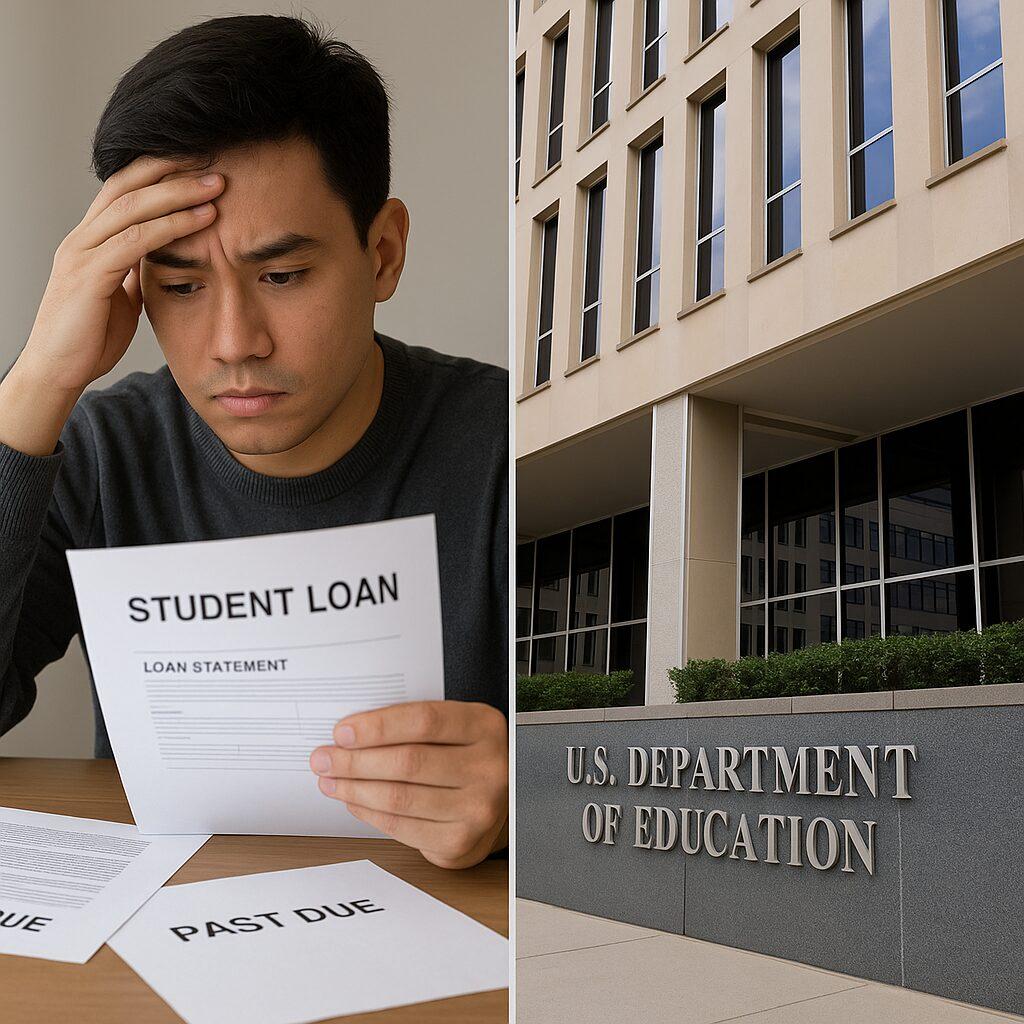Asian Americans will benefit, experts say
THE nation’s highest court has been debating a landmark case regarding US affirmative action in college admissions.
The Supreme Court appeared sharply divided last week, as conservatives, including Chief Justice John G. Roberts Jr., believe that using affirmative action in admission decisions is “unneeded and unconstitutional,” reported the Los Angeles Times.
“What unique perspective does a minority student bring to a physics class?” Justice Roberts asked, when a lawyer spoke of the importance of diversity in the classroom. “In the past, when the high court has upheld affirmative action, it did so with the understanding that it was a ‘temporary’ measure. When do you think your program will be done?”
The Court’s three liberals, led by Justice Sonia Sotomayor, argued in defense of race-based admissions policies at the University of Texas, which was segregated by law and later opened its doors to minority students in 1950.
The public university has always had a selective admissions system that “sought to increase the minorities, using race and ethnicity as one of many factors in evaluating applicants,” reported NPR. Angered lower courts have ruled that UT could not consider race in any way in its admissions policies, but the university has still implemented it, guaranteeing three-quarters of slots as reserved by law for students who qualify in the top 7 to 10 percent of their high school class.
Abigail Fisher, a white student who was not accepted to UT in 2008, challenged UT’s “holistic review” policy that combines race/ethnicity and class rank with SAT scores, independently-graded essays, and extracurricular leadership, awards, and skills.
“There were people in my class with lower grades who weren’t in all the activities I was in, and who were being accepted into UT, and the only other difference between us was the color of our skin,” Fisher argued.
Denying her claims, the university said it was neither extracurricular activities nor race, but Fisher’s grades and test scores were “simply too low” to get her in. The Fifth Circuit Court of Appeals reviewed the school’s claims of good faith in its use of race in admissions, upholding the plan as constitutional by a 7-1 vote in 2013.
By contrast, Justice Antonin Scalia raised controversy when he questioned whether affirmative action benefits African American students.
“There are those who contend that it does not benefit African-Americans to get them into the University of Texas, where they do not do well, as opposed to having them go to a less-advanced school, a slower-track school where the do well,” he said.
Justice Anthony Kennedy, oftentimes the key swing vote for the Supreme Court, suggested that the case should be sent back to a lower court to give the university an opportunity to present more evidence about the plan. It felt “like we’re just arguing the same case,” he said.
Supporters of affirmative action in higher education are fearful that the court might issue a broad ruling in the case, that would curtail a public university’s ability to consider race in order to produce a more diverse student body, said CNN.
The outcome almost certainly turns on Kennedy’s vote. If Kennedy votes with the three liberals, the court will be split 4-4, which would affirm the lower court’s ruling although without a majority opinion.
Justice Kennedy has long agreed that having a diverse student body is sufficiently important to justify consideration of race in admissions, but only if all other race-neutral systems have been tried and failed–such as economic status, NPR reported. During his career, Kennedy has never voted to uphold a race-based policy, but he has not joined with more conservative justices in a ruling that would flatly forbid affirmative action, said the LA Times.
If the court writes an opinion in Fisher vs. University of Texas, it is not likely to be handed down until the late spring.
Jennifer Lee, a sociologist and professor at UC Irvine, said she hopes that Asian American parents who are against the concept understand that affirmative action represents a “net positive” for their community.
“They think it’s in their self-interest to fight affirmative action,” Lee, author of “The Asian American Achievement Paradox,” told NBC News. “But it is only in a very narrow way, without thinking of their broader life course. We need affirmative action because we don’t have the institutional advantages we think we do.”
She also pointed to data from the 2014 National Asian American Survey that shows the majority of Asian Americans–69 percent of registered voters polled from California–are in support of affirmative action, mainly because at some point, they may need such policies.
“This may come as a surprise because there has been a small, but highly organized, vocal minority who opposes it. What’s important to note is that the second generation are more likely to support affirmative action than immigrants, most likely because the former understand how race affects their life chances, even as they attain high levels of education,” Lee continued. “The better question [isn’t self-interest, but] whether Asian Americans are willing to recognize our ethnic and class diversity.”
“Affirmative action policies allow universities to consider the differential starting points while also promoting diversity on campuses,” she added.
A May 2015 study by the Ascend Foundation, a non-profit organization dedicated to fostering business leadership in the Asian-American community, which found that while Asian Americans made up 27.2 percent of professionals at major tech companies Google, Hewlett-Packard, Intel, LinkedIn, and Yahoo, only 13.9 percent of executives were Asian-American, pointing to a lack of representation in leadership positions.
“They make up less than 1 percent of corporate board members and about 2 percent of college presidents. Asian Americans may be facing a ‘bamboo ceiling,’ not unlike the glass ceiling that women face. How to break down that ceiling? Affirmative action, of course.”
In her collaborated research with UCLA professor Min Zhou, Lee explained that some lower-income Asian Americans were able to overcome class disadvantages by using what the researchers called “ethnic capital”—the “communal knowledge, practices, and institutions created by better-off peers to help others within their ethnic group. It includes academic enrichment and tutoring programs,” she explained. “Those communities with larger middle classes are in [a] position to leverage their education and financial resources to create it. But other groups like Mexican immigrants remain disadvantaged. Not all groups have access to the same type of ethnic capital. This is why affirmative action matters.”
Across the country, universities are making major efforts to diversify their campuses, whether affirmative action makes it through the Supreme Court or not. In November of this year, Yale University announced it would devote $50 million to retaining and recruiting a diverse faculty, and Brown University said it would spend $100 million.
“The racial tensions that have come to light on campuses across the country, and the students’ non-violent protests show that race continues to matter in the lives of university students, even for those who are on the country’s most elite campuses,” Lee finished. “Students, faculty, and universities have made their positions clear: diversity matters, and insuring diversity is critical for all, not just certain groups.”






